The stately house Toonarbin on Dornoch Terrace was built in the late 1860s by Henry and Mary O’Reilly, originally from Dublin. They came to Australia in 1853 and Henry was the captain of various coastal steamers before taking up the role of Brisbane manager of the Australasian Steam Navigation Company.
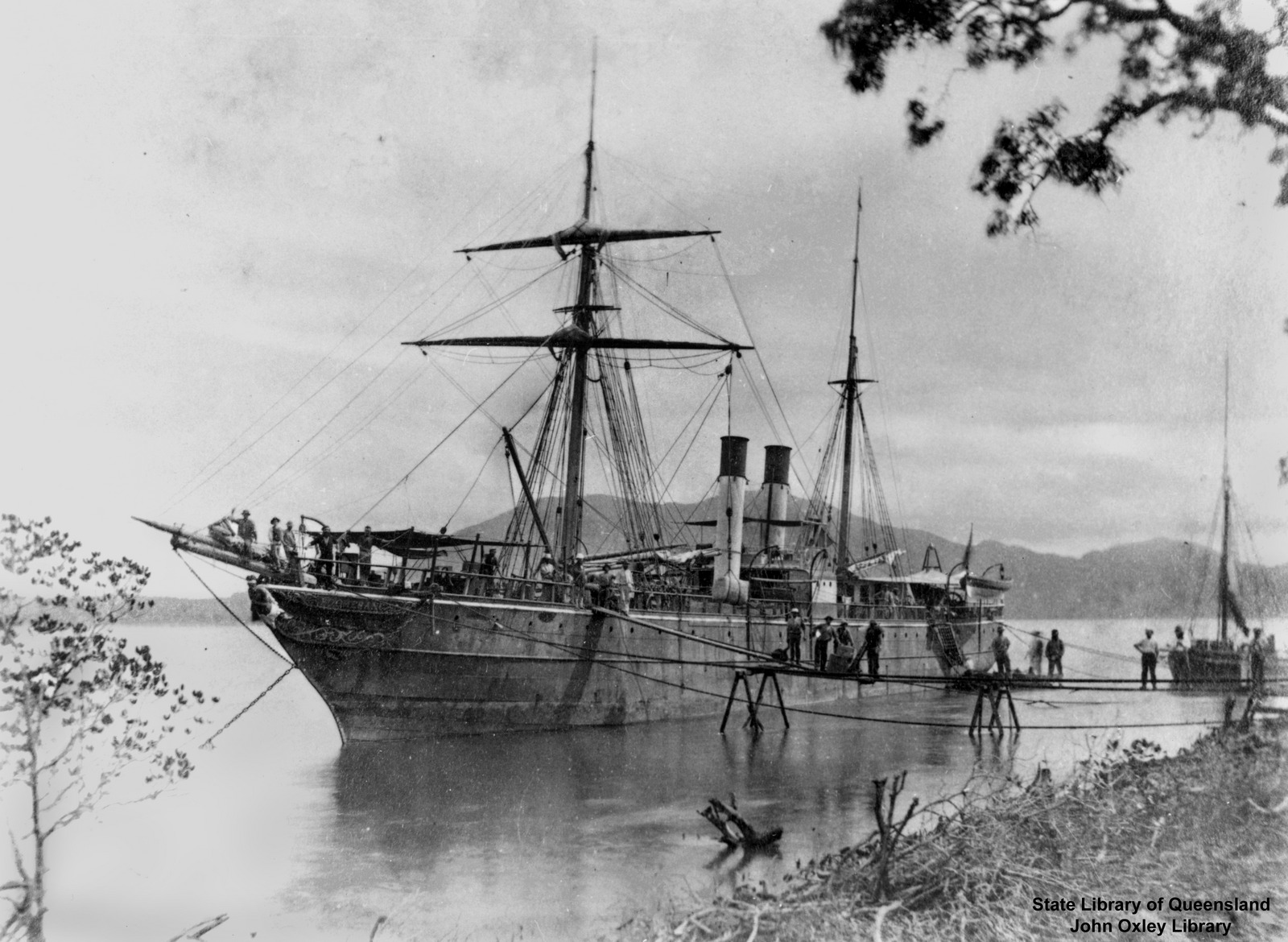
They had previously built a house called ‘Montpellier’ at Bowen Hills on what was called at the time ‘O’Reilly’s Hill’. This house was later extended and occupied for many years by James Cowlishore, architect, newspaper proprietor, director and politician, and his family.
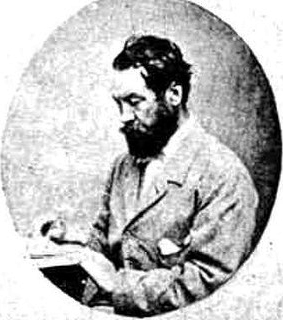
After selling Montpelier, the O’Reilly’s lived for a while in a cottage in Mary Street where the ASNC offices were later built.
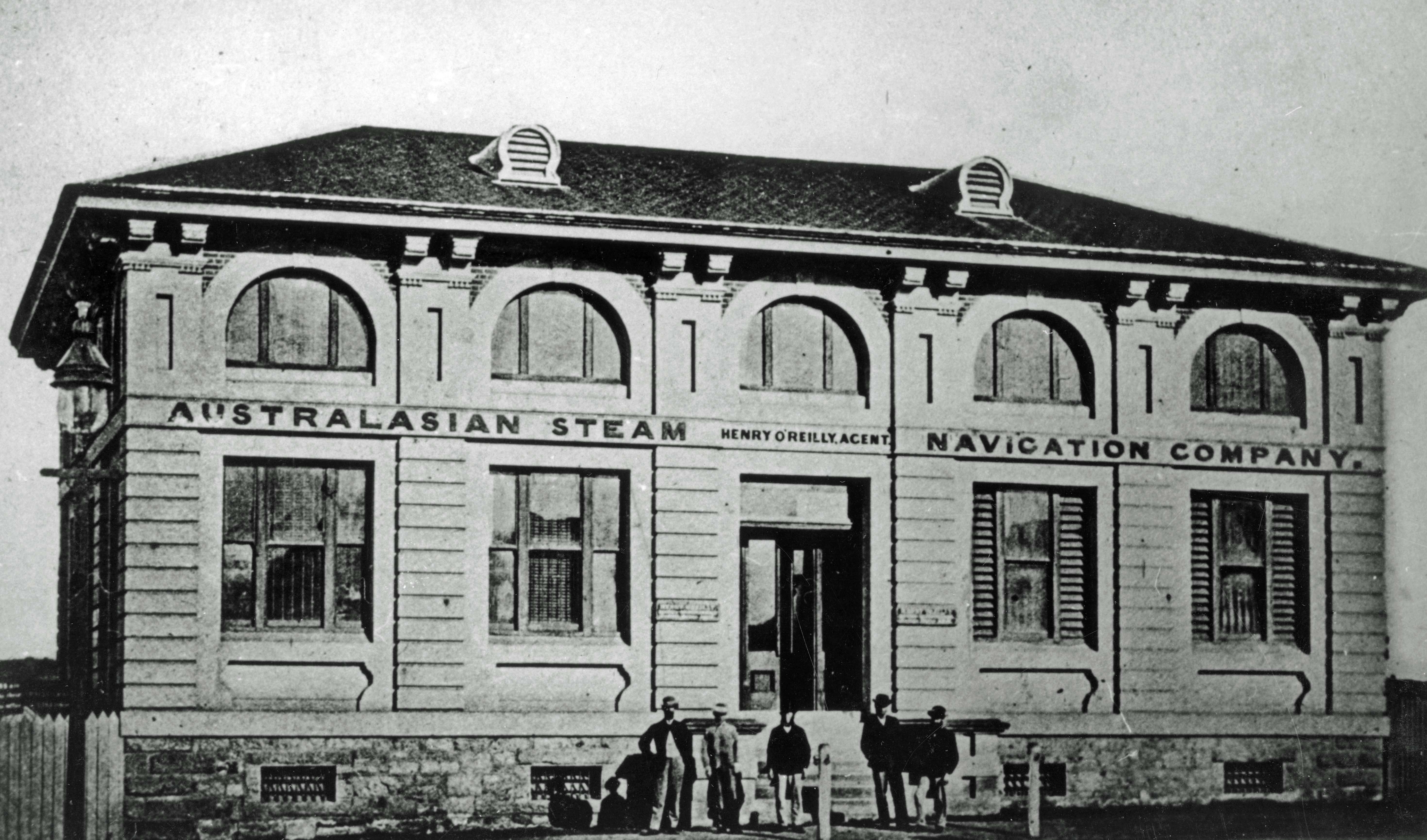
The O’Reillys purchased the land on which Toonarbin stands from the architect Benjamin Backhouse who had named the property Toonarbin. It’s not clear if the house had been built at this stage. The advertisement doesn’t contain the detailed description of the house with details such as the method of construction, number of rooms and so on that was normally included, indicating it may not yet have been built.
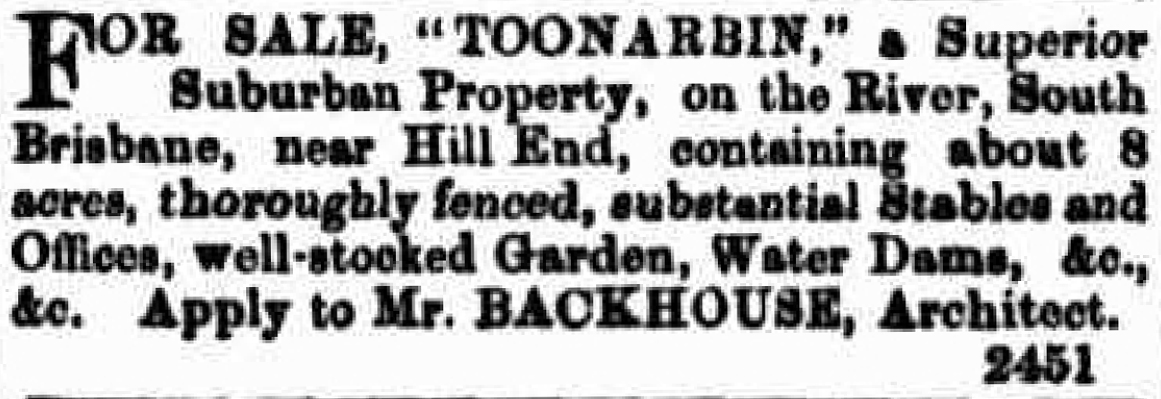
It doesn’t appear in a Post Office Directory until 1876. Florence Lord, when writing her 1930 article, believed that O’Reilly had the house built.
The name Toonarbin comes from the novel “Geoffrey Hamlyn” written by Henry Kingsley in 1859. Partly set in Australia, two stations, Toonarbin and Baroona, feature in the book. It must have been a favourite of Backhouse as he also designed the house Baroona in Paddington, Brisbane. His other works include Fernberg, now Government House and Bishopsbourne as well as the ASNC office pictured above and another Highgate Hiill house “Cooltigue” featured in another post on this blog (The Blakeneys of Highgate Hill ).

At the time it was built, Toonarbin was very isolated and neighbouring houses only began to appear around 20 years later.
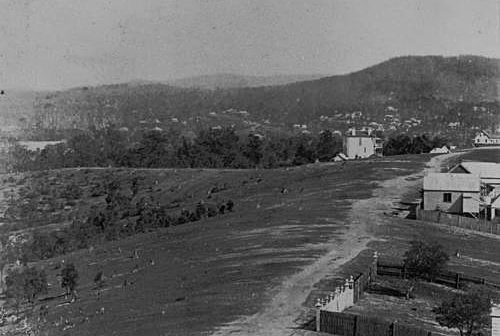

Henry O’Reilly was an amateur astronomer and had an observatory in Felix Street at the rear of his Mary Street offices. A detailed description appeared in an 1874 newspaper article. He wrote numerous letters to the editor on astronomical matters. This is a typical one.
Henry died in February 1875 from the long term effects of an eye injury that was reputedly caused by the ash of a passenger’s pipe. He is buried in the family grave at the South Brisbane Cemetery at Dutton Park. Mary lived on to 1910.

Charles O’Reilly was Henry’s son. He ran a bonded warehouse, customs agency, and general carrier business in Margaret Street. There was recently some controversy regarding demolition of this premises.
Charles lived in Toonarbin after his marriage to Mary Want in Sydney in 1880, until his death in 1925.
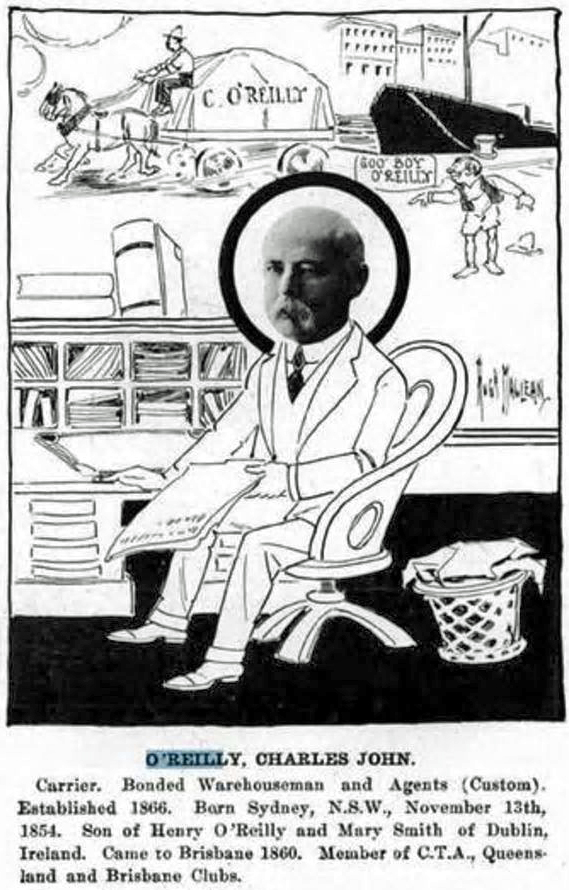
The house had a brush with disaster in 1892, when a fire broke out in an upstairs bathroom. The fire brigade put it out before major damage was inflicted, but there was some damage to rafters supporting the then slate roof.

The property behind the house, known as ”O’Reilly’s Paddock” was used for community activities. On one occasion in 1912, 500 children from 3 local schools had a picnic there. Following redevelopment in the area, these picnics gravitated to Musgrave Park ( see my post More Tales from Musgrave Park)
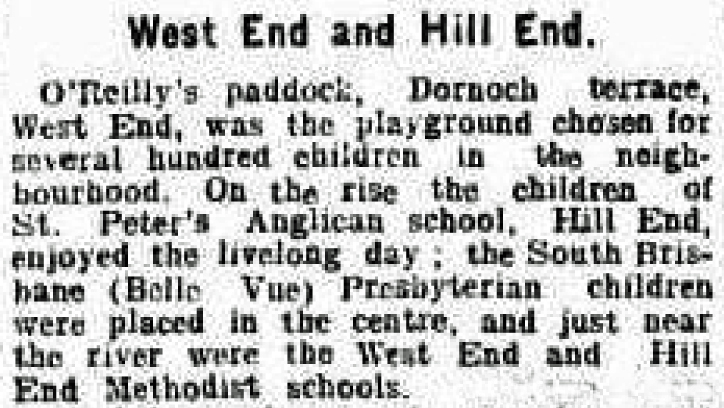
The paddock was also a popular location for children to play. A waterhole in the paddock was the scene of tragedy in 1925, when three members of the Gormley family who lived in nearby Mary Street (now Daventry Street), slipped into the water and drowned. They were Francis aged 7, Bernard aged 5 and 3 year old Beryl.
In 1926, the house and land were purchased by the Catholic church.
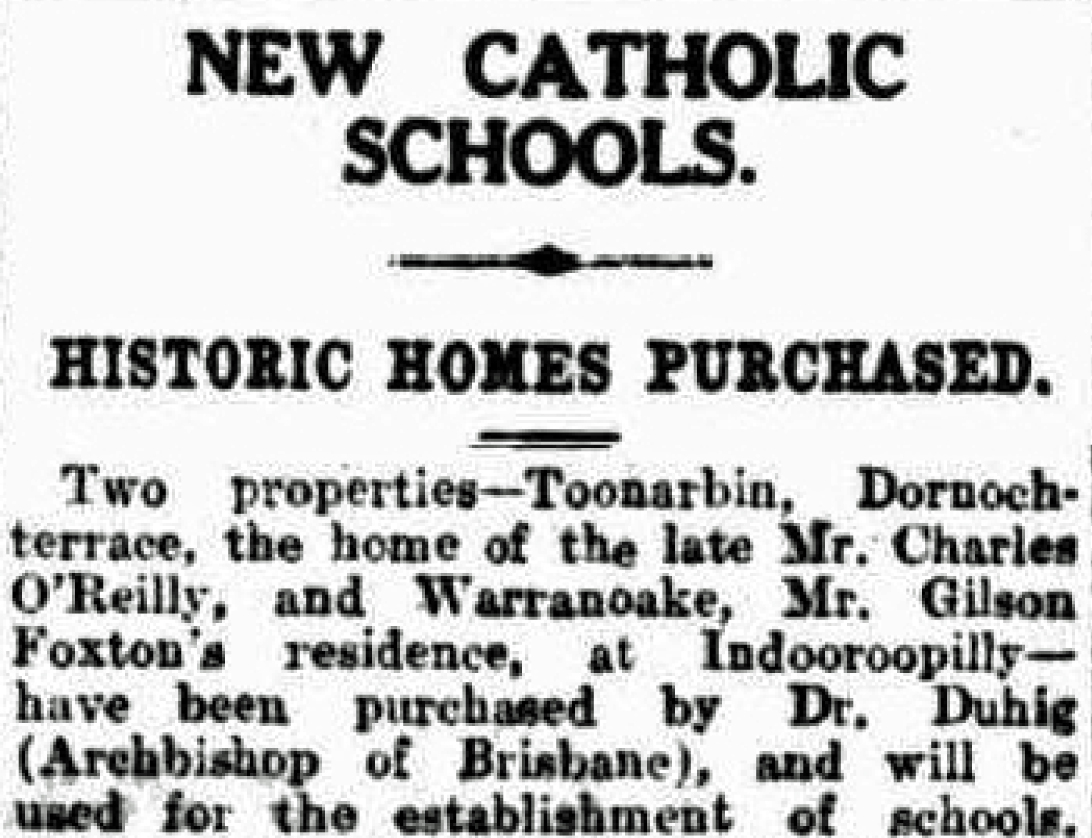

The house became a convent of the Sisters of Mercy. The brick outer walls were constructed around 1927. The existing St Francis church building was moved to the site from its previous location about 100m away on the other side of Dornoch Terrace. A school was also built.
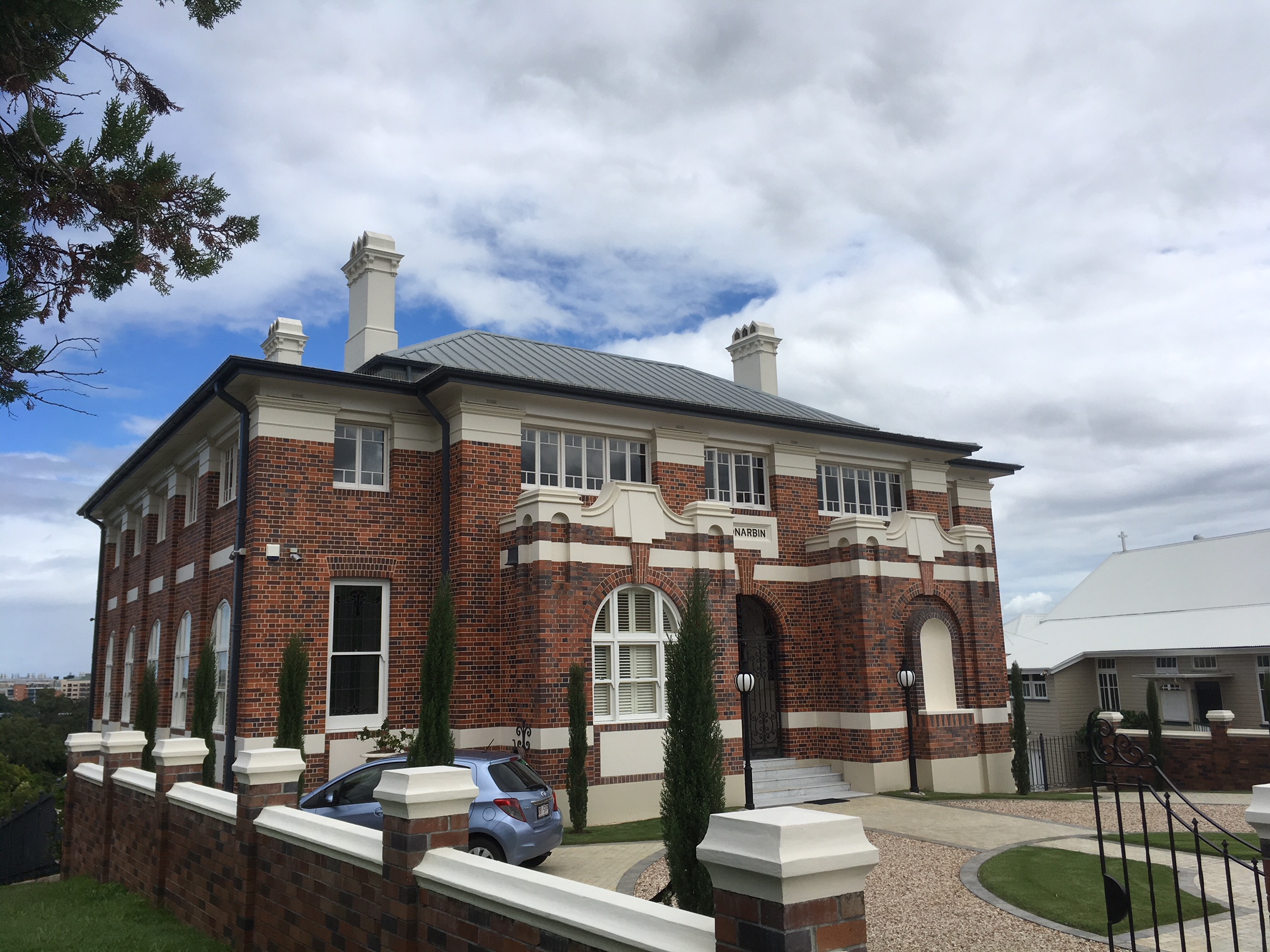
In 1912, part of the estate had been subdivided into 68 allotments which all sold for a total of £5,610. Most of the remaining land was subdivided in 1928. Gray Road and River Terrace pass through the original property, which stretched down to the river.
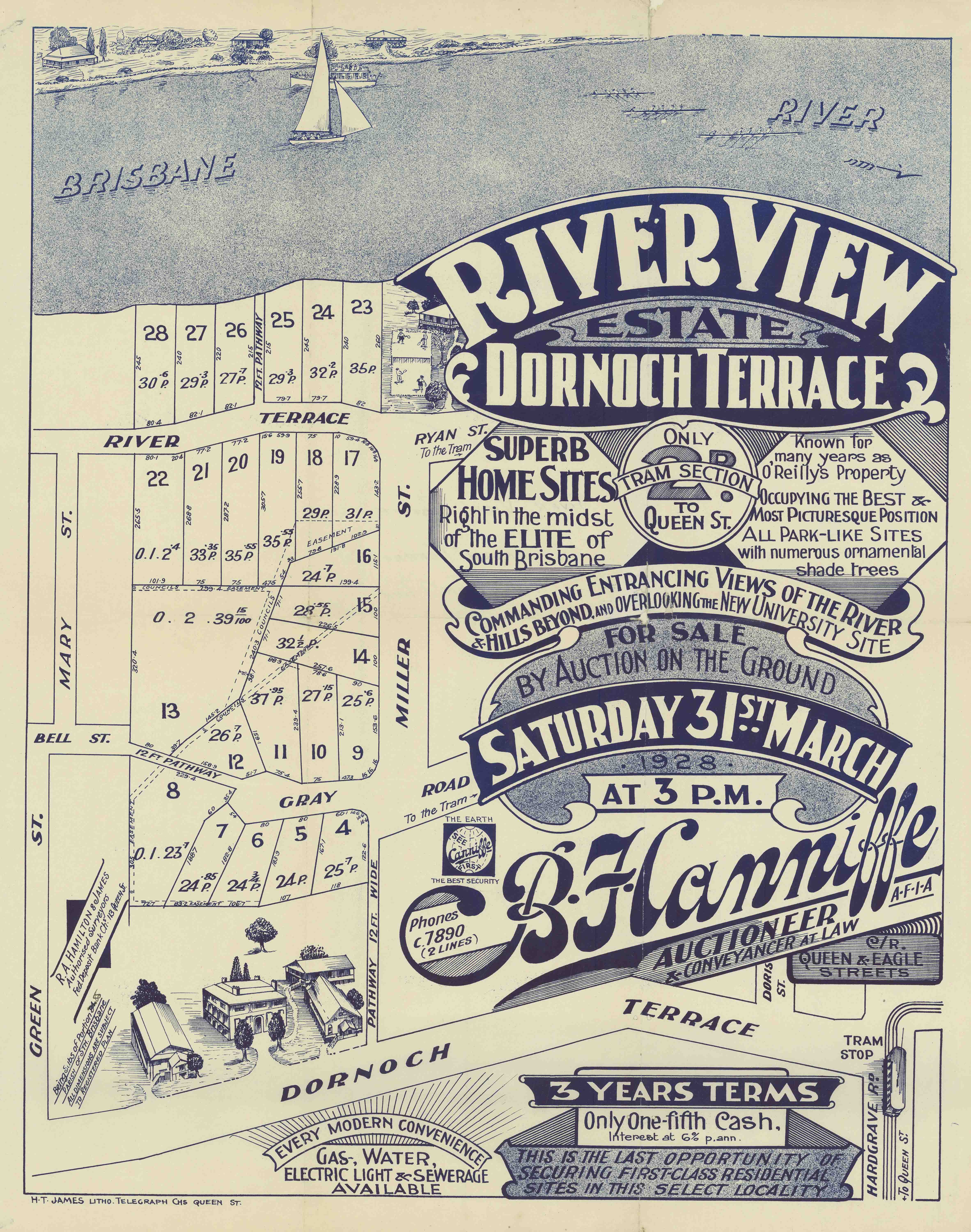
The house was vacated by the church and remained empty for 12 years until purchased by private owners in 2007.
Florence Lord’s 1931 article on the house can be read here. She wrote a series of such articles for “The Queenslander” magazine.
Pingback: John Sankey and Sankey Street | Highgate Hill and Its History
Pingback: The Blakeneys of Highgate Hill | Highgate Hill and Its History
Pingback: The Telephone Becomes Automatic | Highgate Hill and Its History
Pingback: Musgrave Park – The Early Days | Highgate Hill and Its History